AGATE GEODE Blue 2 1/2″ 4-7 Oz Polished Rock Geode Throat Chakra Crystal Stone Natural Mineral Specimen Reiki
$7.99
In stock
Description
These blue agate geodes are imported by Kidz Rocks from Brazil. The geode mine in Brazil cuts the geodes in half, cuts a flat spot on the bottom so they stand up for display purposes, polishes the face and then they are dyed blue to enhance the color.
You will receive one blue agate geode from the lot shown in the listing photos that is 2 inch to 2 1/2 inch and weighing 4 to 7 ounces.
Bulk Purchase Listing
You are buying one rock from the lot shown in the photographs. Listing every rock separately adds a lot in labor costs. We pass that savings on to you with lower prices and higher quality than the competition. 75% of all of our Reviews are from customers amazed by what they received buying our bulk purchase listing products!
Kidz Rocks – The Best Value on the Internet!
Higher quality, larger size, lower price genuine natural rocks and minerals with customer service second to none. Buy ANY 5 or more items and get 30% off your entire order and a FREE surprise specimen! Maximum $8.75 shipping no matter how many items are on your order and no return required refunds!
Mineral Description
Geodes are rock and crystalline formations found in volcanic and sedimentary rock. Geodes are essentially rock cavities or vugs with internal crystal formations or concentric banding. The exterior of the most common geodes is generally limestone or a related rock, while the interior contains quartz crystals and/or chalcedony deposits.
Other geodes are completely filled with crystal, being solid all the way through. These types of geodes are called nodules. These formations are common in just a few states in America, but can be found anywhere from store shelves, where they are sold as paper weights, to lawn ornamentation in landscaping.
The name Geode was derived from the Greek word geodes, meaning earth-like. Keokuk, Iowa is known as the geode capital of the world for very good reason. A virtually countless number of geodes has been collected from the Keokuk area over especially the last 150 years. Geodes can form in any cavity, but the term is usually reserved for more or less rounded formations in igneous and sedimentary rocks, while the more general term vug is applied to cavities in fissures and veins. They can form in gas bubbles in igneous rocks, such as vesicles in basaltic lavas, or as in the American Midwest, rounded cavities in sedimentary formations.
About Kidz Rocks
Since 2009, Kidz Rocks, a USA company, is “The Best Value on the Internet” providing higher quality, larger size and lower price rocks, minerals and crystals with customer service second to none.
Kidz Rocks Promise:
We are committed to redefine what it means to shop for rocks and minerals online. NO insane high prices, NO great piece one time and then a disappointing piece next time, NO rocks that look big online and then a tiny piece shows up, NO waiting a long time for shipping …
A partnership that you can trust and count on with each and every order that you will be pleased if not amazed when you open your package! Always high quality – Always larger sizes at lower prices that other dealers ƒ?? Always a positive and fun shopping experience.
If it is not a specimen we would add to our own personal collection, we don’t ship it out to you! When you buy from us you will be satisfied with each and every purchase or your money back and you keep the rocks!
Please feel free to call us at 1-818-518-6278 10 AM to 10 PM 7 days a week for wholesale discounts and special requests, we can get pretty much any rock on the planet. We ship all orders USPS, weekday orders ship the same day they are placed, weekend orders ship on Monday’s. We disclose any treatments done to the rocks after they are mined in our listing descriptions. If no treatments are stated then it is exactly as it came out of the ground.
Thanks,
Alan & Jaidon
Additional information
| Weight | 0.5 lbs |
|---|
Only logged in customers who have purchased this product may leave a review.

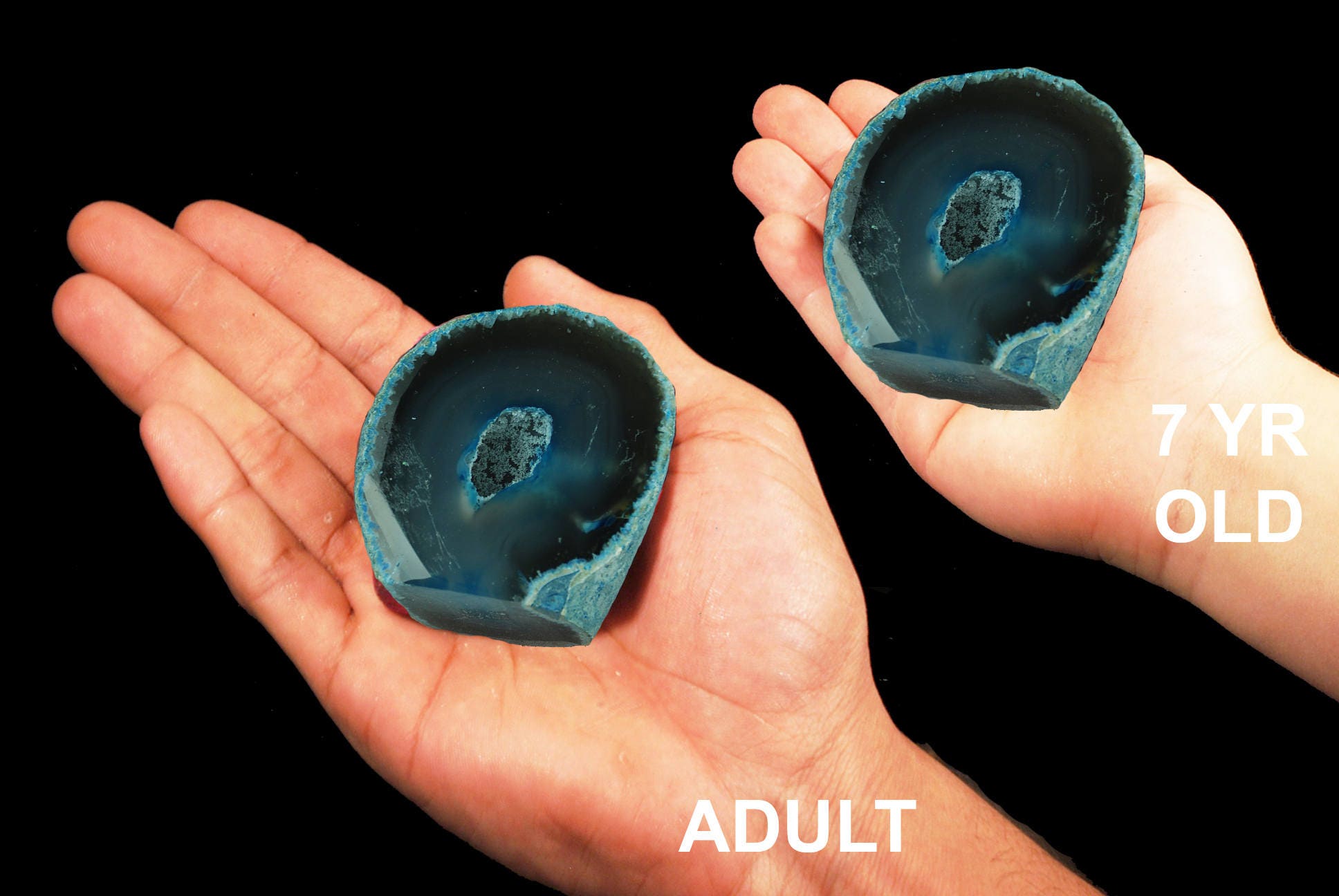
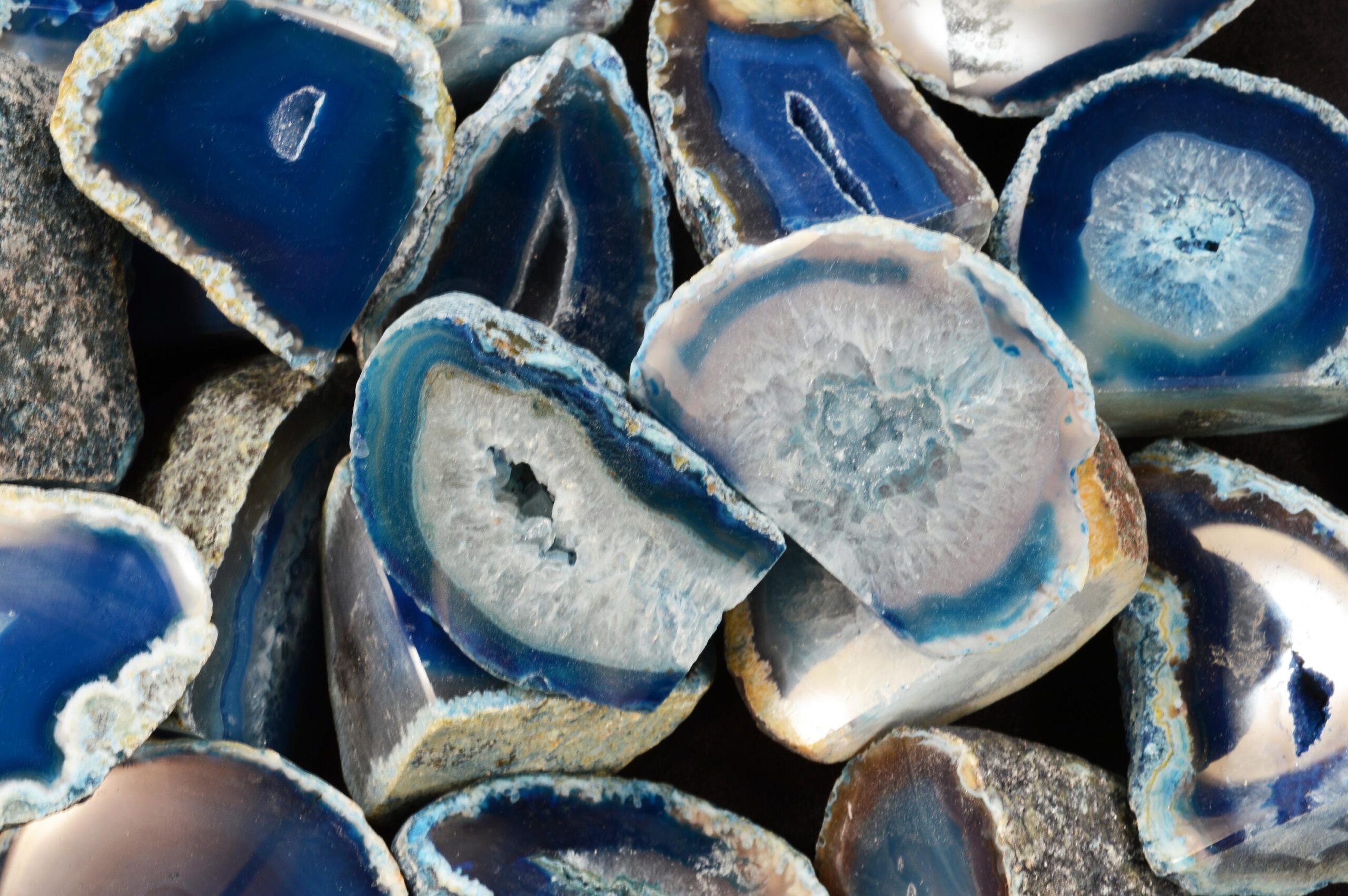
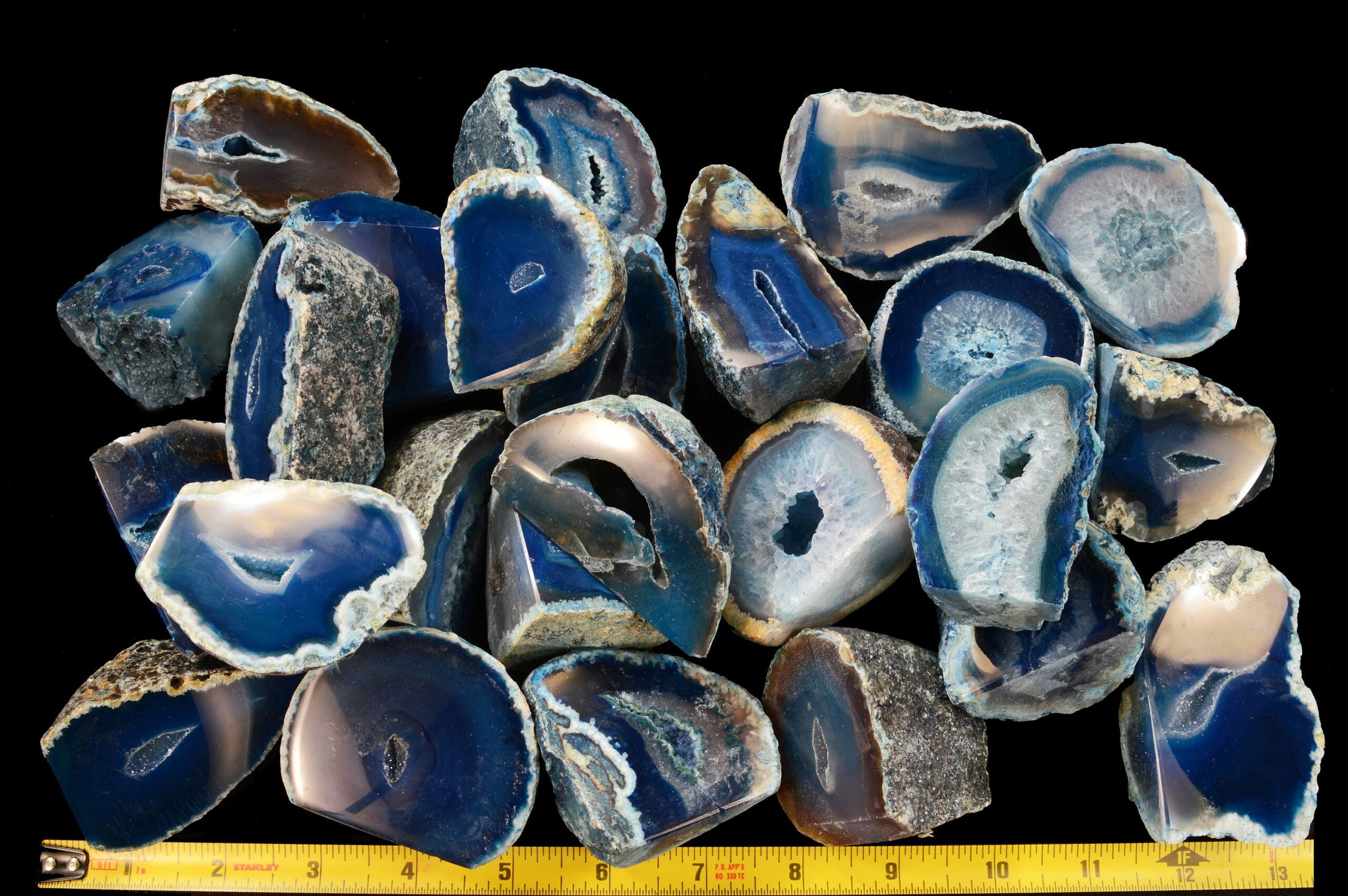
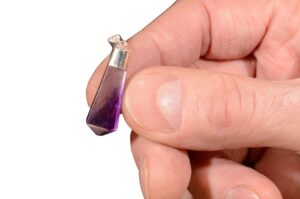
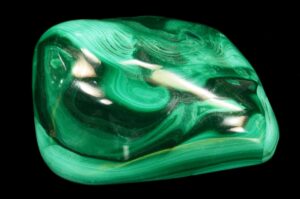

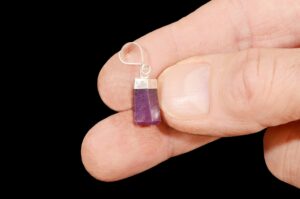


6 reviews for AGATE GEODE Blue 2 1/2″ 4-7 Oz Polished Rock Geode Throat Chakra Crystal Stone Natural Mineral Specimen Reiki
There are no reviews yet